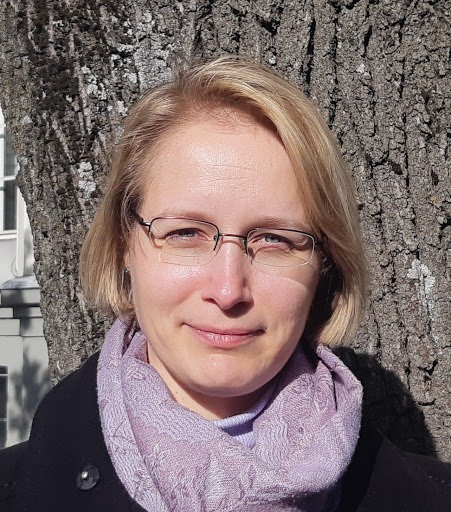Heli Lukner is a senior researcher at the University of Tartu whose research areas are photonics and computational imaging. She was awarded with the Young Scientist Award by the Cultural Foundation of the President of Estonia in 2017.
A very special task I tackle this autumn lies in launching and coordinating the 5-year project called the ERA Chair grant offering funding in the amount of €2.5M to be invested in the development of the science of light.

In order to be successful, I need to redefine my role in academia. Conducting research has been about challenging the mind, technology and knowledge. It can be fun and creative, and stressful and agonizing at the same time. The role of a project coordinator is somewhat different from that of the researcher. It is about vision, leadership, responsibility and management.
I started fulfilling the project by hiring a capable administrative team, where everyone is an expert in their field. Together, we are running an international hiring campaign to attract a top level researcher to join the project as academic leader here at the University of Tartu, Estonia. Next, the top level researcher will hire his team, and then we will be doing research, developing applications and growing the community through networking and teaching. The project aims to change the world through computational imaging, which is best taken from the science of light and informatics.
The field of computational imaging has a character of its own. It evolves rapidly together with advances in sensor technology and growth of on-board computational power. It enables to take sharper images with better resolution and enhanced depth resolution. Sometimes the images can be taken even through obscurants or using less and less light, at the cost of increased setup complexity and advanced algorithms. Its applications range from microscopy to remote sensing and astronomy, having high potential to reshape medical imaging and 3D sensing for robotics, self-driving vehicles and surveillance for security.
I’m enchanted and inspired by the opportunity, and if you are too, follow us on the web: https://www.fi.ut.ee/en/ERA-Chair
Proofreading of this article was funded by the European Regional Development Fund through Estonian Research Council.
 Back
Back


